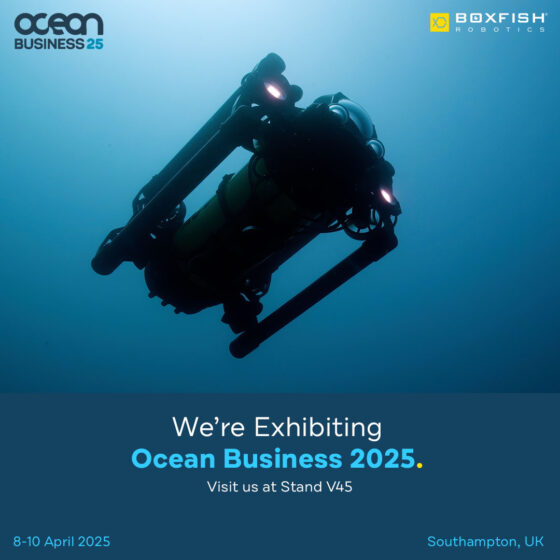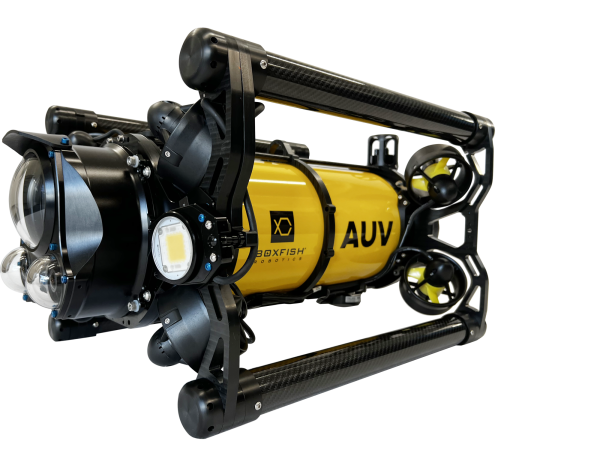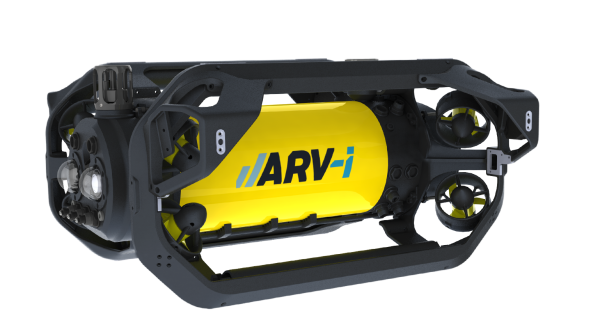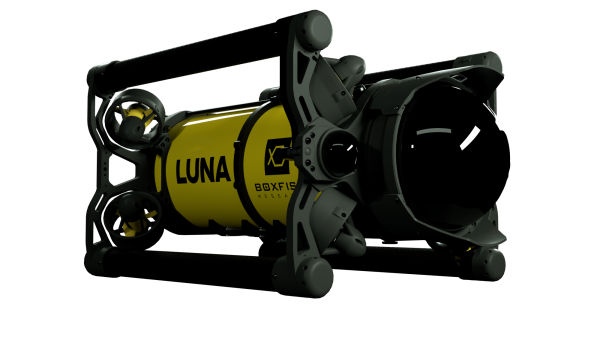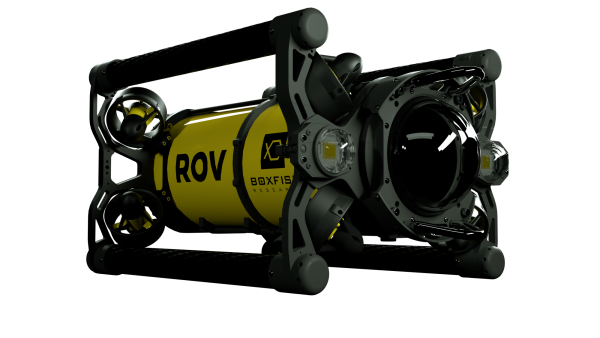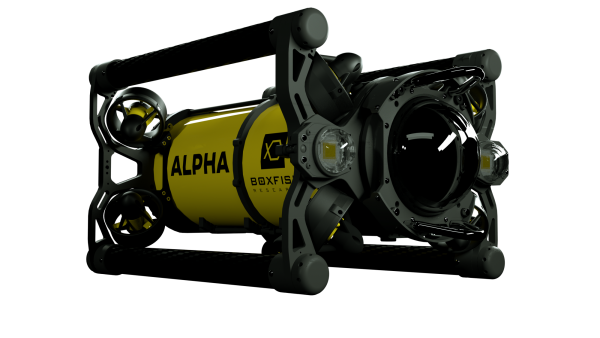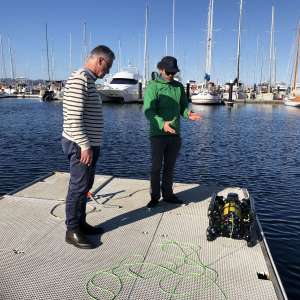Revolutionising Tasmania’s Underwater Industries with Advanced ROV Technology
Auckland, New Zealand – August 8, 2019
Boxfish Research is bringing its innovative, underwater remotely operated vehicle (ROV) to Tasmania’s high-tech underwater industries.
Until recently, divers have formed the backbone of underwater services used for marine science, to inspect ship hulls and port infrastructure, check for biosecurity risks, search and recover, inspect and repair nets on aquaculture farms, and monitor underwater facilities. With an increased focus on health and safety and concentration on keeping costs down, Tasmanian companies that work underwater are quickly moving to ROVs.
ROVs have been built since the 1980s, but the technology has remained largely stagnant until now. Led by innovative companies like Boxfish Research, huge leaps have been made in the capability of these vehicles to do work and deliver high quality results in the most demanding environments.
Because radio waves can’t penetrate water, underwater drones, unlike their aerial counterparts rely on a tether to communicate with the surface. The best ROVs have multiple cameras with near-zero latency, 4K UHD video feeds that provide the operator with enhanced situational awareness while capturing the underwater world with incredible detail. Fibre optic tethers, like their broadband counterparts, provide much higher data rates (and video quality) and are exceptionally lightweight and robust compared to unreliable copper solutions.
In contrast to divers, ROVs can go deeper for longer. Vectored thrusters and intelligent control systems enable ROVs to operate in strong currents. Sophisticated imaging sonar options allow ROVs to see in murky water and at long distances. An integrated grabber, combined with the ability to move with 6 degrees of freedom, provides the ability to manipulate the underwater world without donning scuba gear. These tools further enhance the scope missions and value of the data gathered.
On top of an ROV being easy to use, light weight, inexpensive to operate, reliable, provide simplified reporting/analysis and data sharing—they also must be fit for purpose!
Not all ROV’s are created equal, certain mini ROV’s provide performance on par with much larger working class ROV’s in terms of stability, modularity and depth ratings, but at a fraction of the cost upfront and to operate. Video quality matches and often exceeds that of even the most advanced systems on the market. What this sector is looking for a is a relatively low cost ROV that does not require an expensive support vessel for deployment and gives a wide range of industries the possibility to make their budgets stretch a lot further, creating wider availability and increasing high quality output.
One area which is gaining particular interest is building detailed 3D models of underwater structures. Using a technique called photogrammetry, images can be extracted from the video of a moving ROV to create 3D models. ROVs incorporating high resolution, uncompressed video systems can generate highly detailed 3D models which can be used for inspection or science.
New Zealand company Boxfish Research has created this vehicle. Pushing all boundaries of technology with their Boxfish ROV. The company have been invited to demonstrate the Boxfish ROV in action to a wide range of Tasmanian companies, who are excited to get access to this technology. This is the very same vehicle that spent five weeks under the ice in Antarctic waters capturing stunning footage of a range of incredible creatures.
In March, Boxfish Research were part of the Project Blue Angel team in search of Amelia Earhart’s plane in tropical temperatures reaching over 40°C in a remote corner of Papua New Guinea.
The team have been called upon again in search of the 8th Wonders of the World—the Pink Terraces in Lake Rotomahana in New Zealand where the Boxfish ROV is being used to recreate 3D images of the now submerged terraces.
